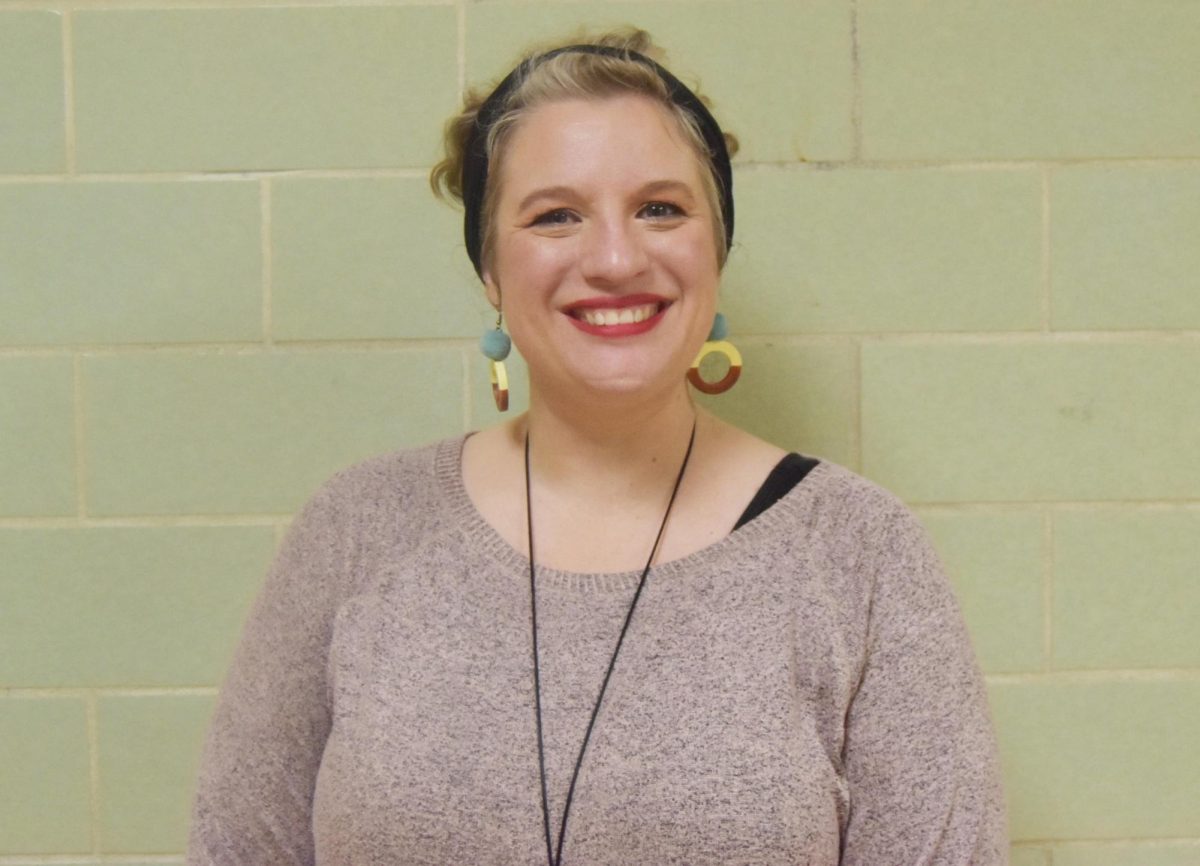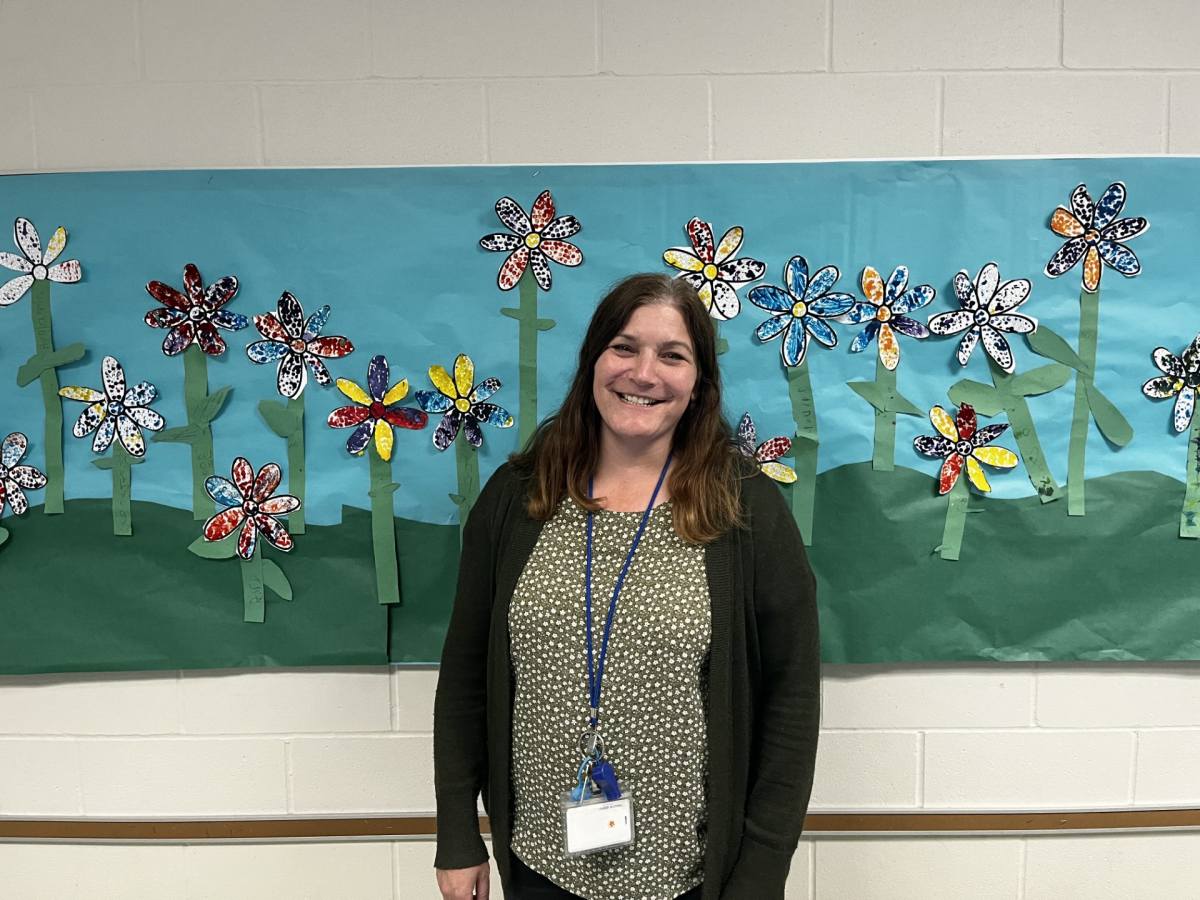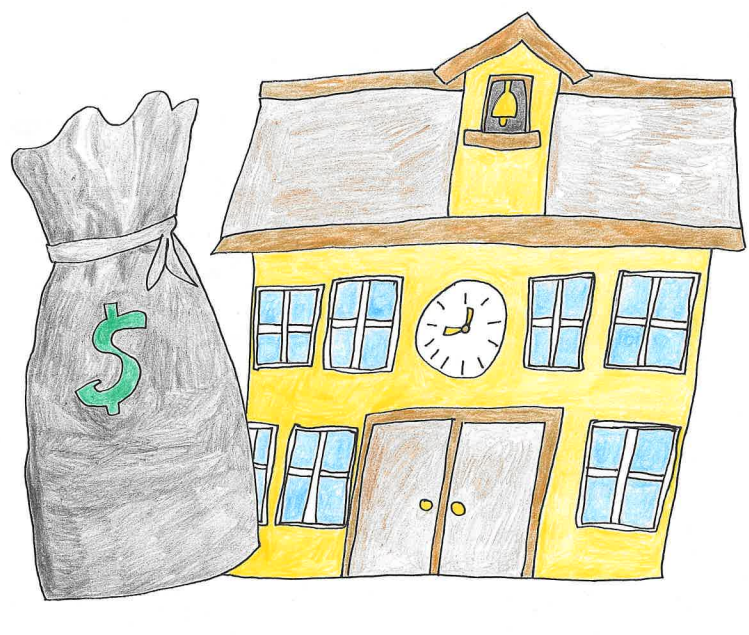Some impressive educators here at Columbia Heights High School (CHHS) are showcasing their commitment to learning to their students every day — and not just in the high school classroom. The average teacher works 53 hours a week, and that’s not including the extra time they spend daily after and before school helping their students, lesson planning, grading, etc. The extra time they spend grading papers, answering questions, subbing for classes, helping coworkers and much more. A typical college student’s day starts at 7:00 a.m. and ends at 8:00 p.m. to 12:00 a.m. That’s 65+ hours a week. So that begs the question: why do some teachers choose to go back to school while they’re already…in a school?
“When I was little, I told my mom that I was going to be the first in our family to go to college,” English teacher and college student Ms. Jacquelene Bayless said.“My mom was the first in my family to graduate high school, and I was always inspired by that. I wanted to show my nieces and little cousins that nothing is out of reach with hard work.”
Of course, Bayless did indeed become the first of her family to graduate college — now, she’s poised to also be the first in her family to get a second degree. Many difficulties come with being a teacher and a student. Scheduling is just one of the major problems teachers who are also enrolled in post-secondary classes face. Between managing their coursework for college, work experience hours (Bayless is often shadowing Senior Dean Ms. Carrie Trnjanin or Principal Todd Wynne in the main office), and final exams — just like any other students including the ones that they teach, educators like Bayless rarely enjoy free time. To be learning at night and basking in the life of a teacher during the day becomes an unbalanced scale that takes time to work out.
“This is honestly really difficult at times,” Bayless said. “There are times, like the end of the semester, where it’s very stressful. But I just remind myself that this is short-term and not forever.”
Let’s not forget the positive impact that teachers progressing in higher education have on their students within the classroom, though. Teachers can bring fresh knowledge and innovative teaching methods into their classrooms by pursuing further education, no matter what area they may pursue. They can stay up-to-date with the latest research and best practices, ensuring that their students receive the highest quality education. Additionally, when students see their teachers actively engaged in their learning in a second capacity, it sets a powerful example of lifelong skills and inspires them to pursue their dreams and aspirations even after finding and settling successfully into a career. Not only do teachers benefit from going back to school, but their students do as well. It’s a win-win situation that creates a positive ripple effect in education.
“I think it’s easy for students to think that their teachers are done learning or that we don’t remember what it’s like to be a student,” Bayless said. “Being back in school makes me much more aware of how difficult it is to manage a lot of different responsibilities at the same time.”
Even though there are a lot of hardships that come with being a teacher still in school or returning to coursework after some years away, there is also a potential high reward payoff. With higher education, possibilities for better pay open up too, leading to more job opportunities for the future of their careers.
It’s never too late for teachers (or anyone, really) to follow their dreams and continue their education. Despite their challenges, such as juggling their teaching responsibilities and coursework, the rewards make it all worthwhile. By going back to school, teachers like Bayless have the opportunity for personal and professional growth, better pay and expanded job prospects. Whether it’s pursuing a second degree, finishing a degree or seeking a different career path, teachers are empowered to shape their futures. So here’s to all the dedicated teachers out there who are making a difference in the lives of their students and investing in themselves. Keep reaching for the stars!









